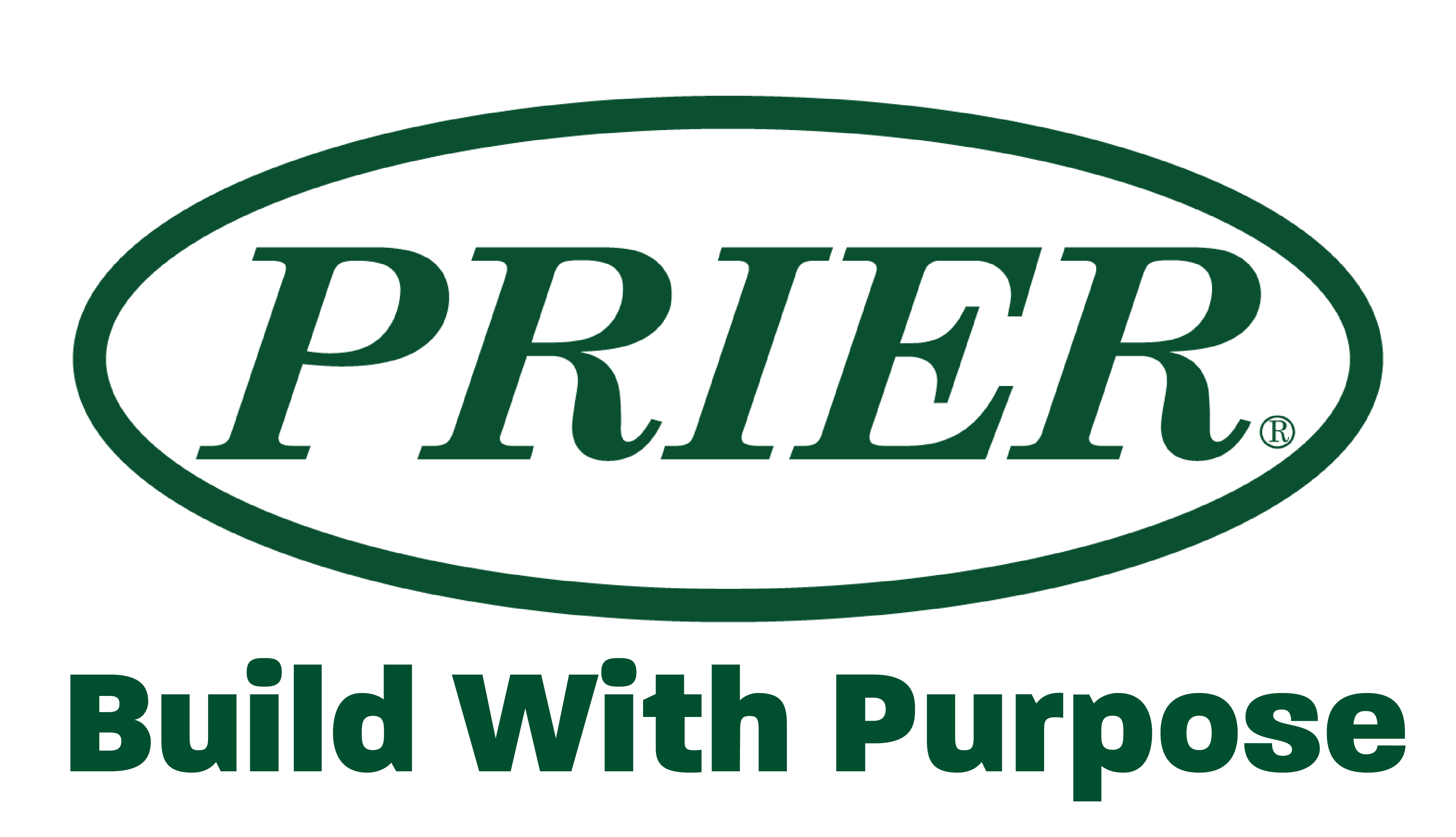One key area that can create improvement is the management of supplier performance, which PRIER does through vendor scorecards. Scorecards are a proven way to manage vendor performance, but there are a number of questions surrounding this topic. First off, what do vendor scorecards accomplish? Second, how do you develop effective scorecards? Third, how do you establish a process to evaluate and improve vendor performance? Finally, how do you implement and effectively use scorecards? These questions will be addressed below:
- What do vendor scorecards accomplish?
While supplier performance will inherently improve upon their known evaluation, the motivation to use vendor scorecards goes beyond the Hawthorn Effect (i.e. a type of reactivity in which individuals improve an aspect of their behavior in response to their awareness of being observed). If developed, implemented and used effectively, these scorecards can improve quality, maximize service and lower price, which then reduces overall costs. When aligned with strategic business goals, vendor scorecards can do everything from mitigating risk (e.g. by shrinking lead-times or improving flexibility) to bettering product design (e.g. by identifying critical and non-critical quality dimensions) or even renegotiating contracts (e.g. improving payment terms or service level agreements). Plus, accurate scorecards make it easy to choose the right vendor for each product purchased or project.
- How do you develop effective scorecards?
As alluded to above, it is critical to build scorecards around the driving metrics that provide customer value and support strategic business goals. Meaning, the metrics you choose to measure must 1) be actionable, 2) add customer value when they are improved and 3) be consistent with what is important to your business (i.e. don’t just measure what’s easy or what other organizations measure). At PRIER, our Key Performance Indicators (KPIs) are developed on a quality, service and price equation, therefore each aspect of our vendor relationship can be categorized accordingly. Some examples of defining metrics for PRIER include component quality, shipping accuracy, lead-time, payment terms and component price.
- How do you establish a process to evaluate and improve vendor performance?
Once the defining metrics have been established, a proper way to evaluate and display this to vendors is imperative. One simple way to effectively share these metrics is by putting them up against a grading scale (e.g. a particular vendor would receive an “A” or a “4.0” [on a 4.0 scale] for quality if there are never any issues with the quality of a component and what you order is shipped and marked accurately on the container). From there, properly weighing each dimension is central to improving overall cost (e.g. if price made up 80% of a vendors grade, a low cost providers grade could be misleadingly inflated; imagine the cost related to rejecting a batch of inventory due to poor quality). Each dimension of the scorecard must be clearly defined in terms of what is ideal, acceptable and unacceptable performance. The metrics should be easy to understand and calculate. You do not want to over complicate the scorecard with too many KPIs. However, some metrics cannot be easily measured and are reasonably subjective (e.g. service). Sometimes this is necessary as long as each graded category or metric is defined, the grading system is explained, and the vendor knows how to improve their grade.
- How do you implement and effectively use your scorecards?
The first step to implementing vendor scorecards is explaining to your vendors why you are beginning the program. From there, you should disclose your schedule for sharing this information and instill your commitment to your vendors. You do not want to give your vendors the impression that you do not trust them or that they are about to lose business. Rather, you want to let them know that this program is designed to add customer value and lower overall costs, which is a shared effort throughout the supply chain. Consistency and timeliness help drive results. In fact, “real-time” evaluations allow changes to be made during the process reducing unnecessary costs before it is too late.
Proper and effective communication is essential for a successful, sustainable scorecard program, and the vendors’ top managers should be reviewing and acknowledging these reports. Suppliers should be rewarded with more business when they score well, and it should be clearly explained why (i.e. what did they do well and what areas should they keep improving to sustain or earn even more business). The opposite may hold true when a vendor scores poorly. Having open dialogue and transparency about strategic business goals ameliorates your relationships and creates more opportunity to lower overall costs.
To see examples of vendor scorecards or if you have more questions about the topic, feel free to contact PRIER at 800-362-9055 or sales@PRIER.com.


